Bun Goi Da
Bun goi da is a specialty of old Soc Trang (now Can Tho province). The dish has a strange name, making many people from far away feel curious, even thinking that this is a chicken bun goi dish.
In fact, Bun Goi Da is a variation of Goi Cuon. With Goi Cuon, the ingredients of noodles, shrimp, pork belly, raw vegetables, herbs… are rolled in rice paper, then dipped in thick soy sauce.
However, for the long vermicelli salad version, people will put the ingredients in a bowl, pour in the broth, and add a little ground soy sauce to enhance the aroma.
The word "gỏi" in the specialty dish bún gỏi dà is said to be borrowed from the word "gỏi cuốn". In addition, Western people enjoy the dish with rice and rice, so it is called "bún gỏi và". Due to the pronunciation, it gradually became 'dà' or 'già'.
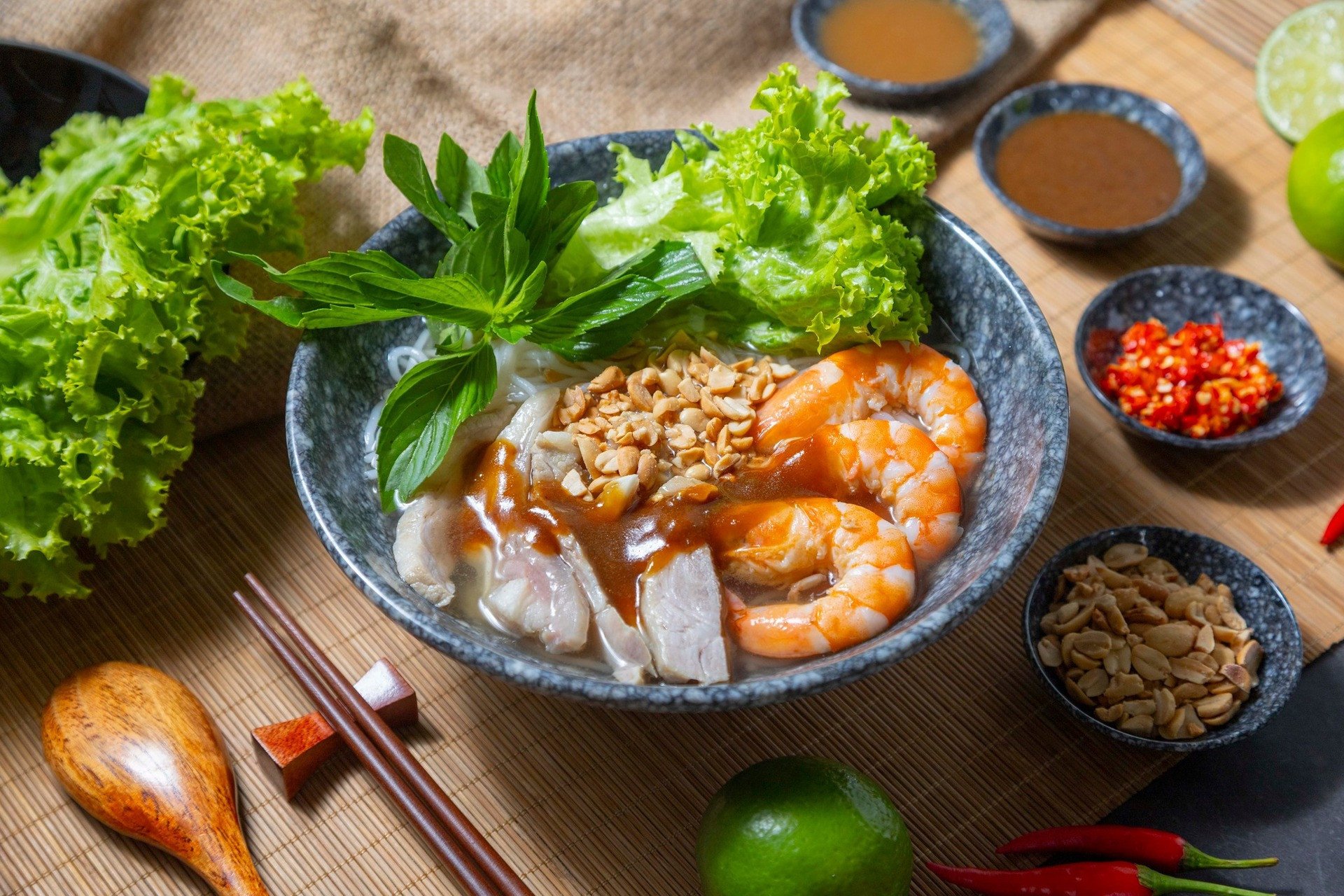
The broth is simmered from bones, some places also add freshwater shrimp, then mixed with tamarind juice to create a balanced taste: rich but not boring, mildly sour, slightly sweet.
Besides the secret of making the broth, the difference between restaurants also lies in the way of making the soy sauce. The chef must skillfully adjust the amount of soy sauce so that it is not too strong-smelling, but still harmonizes and enhances the flavor of the dish.
Shaken noodles
Shaken vermicelli or shaken noodles is a typical breakfast dish that attracts many tourists when coming to Cai Rang floating market ( Can Tho ).
The reason people call it "bún lác" or "hu tieu lác" is because the seller and buyer sit on a boat swaying back and forth in the middle of the river.
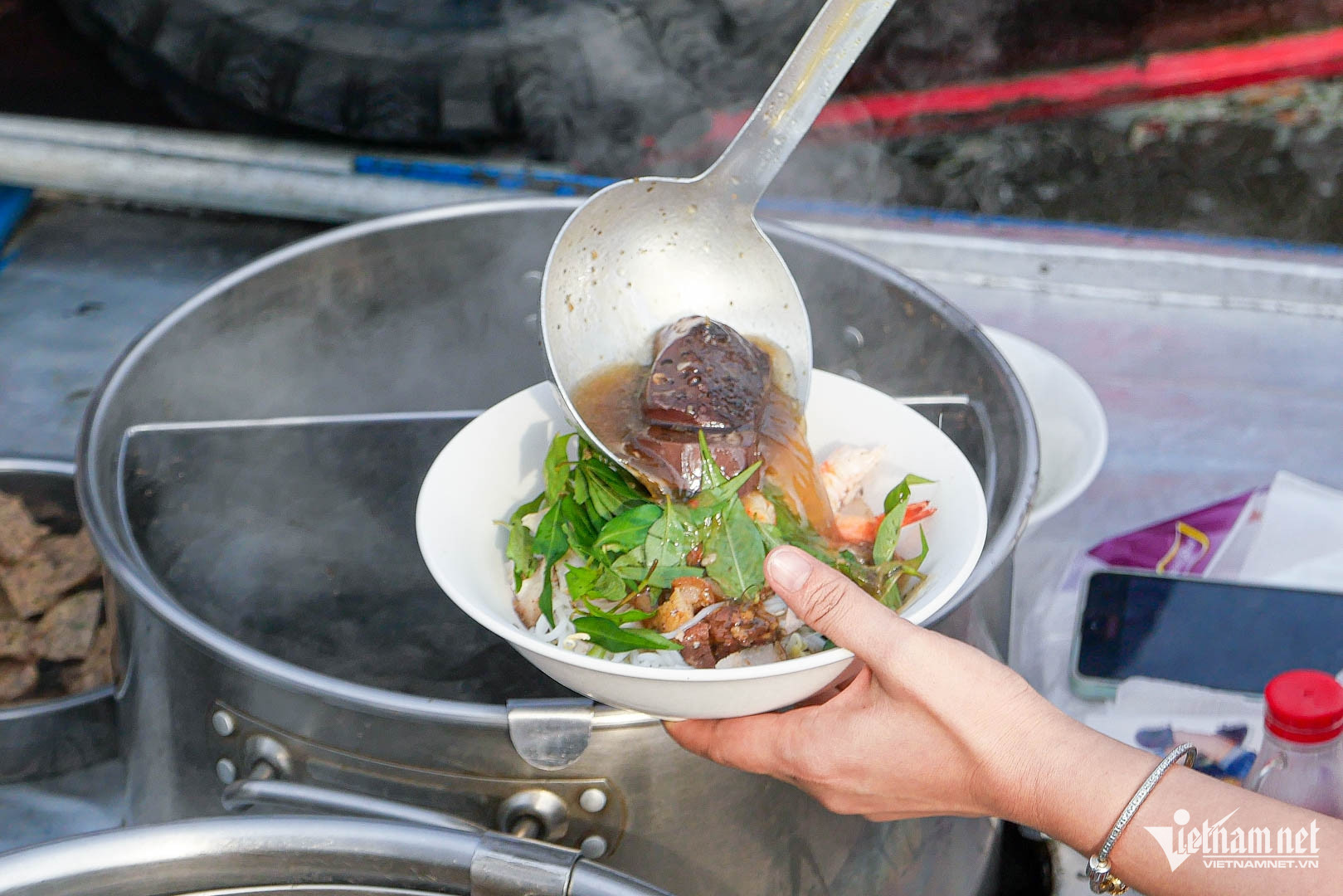
The bowl of noodles has eye-catching colors: red from tomatoes - annatto oil; green from green onions, cilantro, herbs combined with meat, shrimp, blood, heart, liver, meatballs,... After pouring in the hot crab broth, the seller will add a little fragrant shrimp paste, a little spicy chili.
Shaken vermicelli (shaken crab vermicelli) at Cai Rang market was once introduced by travel website Skyscanner as a dish you must try once in your life.

Stirred rice noodles
Bun Quay is a famous specialty of Phu Quoc (An Giang). Bun "Quay" is also known as fresh seafood vermicelli, originating from Binh Dinh shrimp vermicelli. According to research, this dish was originally brought to Phu Quoc by the ancient people of Binh Dinh.
Some people say that this dish was named "quậy" by Phu Quoc people because it must be eaten with a dipping sauce consisting of seasoning powder, MSG, sugar, kumquat, and chili. After being put into the bowl, the ingredients are stirred vigorously to thicken and bring out the delicious flavor.
In fact, when preparing this dish, the chef stirs continuously at many stages. For example, the ham is stirred and pressed against the bowl, the boiled noodles are also stirred. Later, diners can experience stirring the dipping sauce.
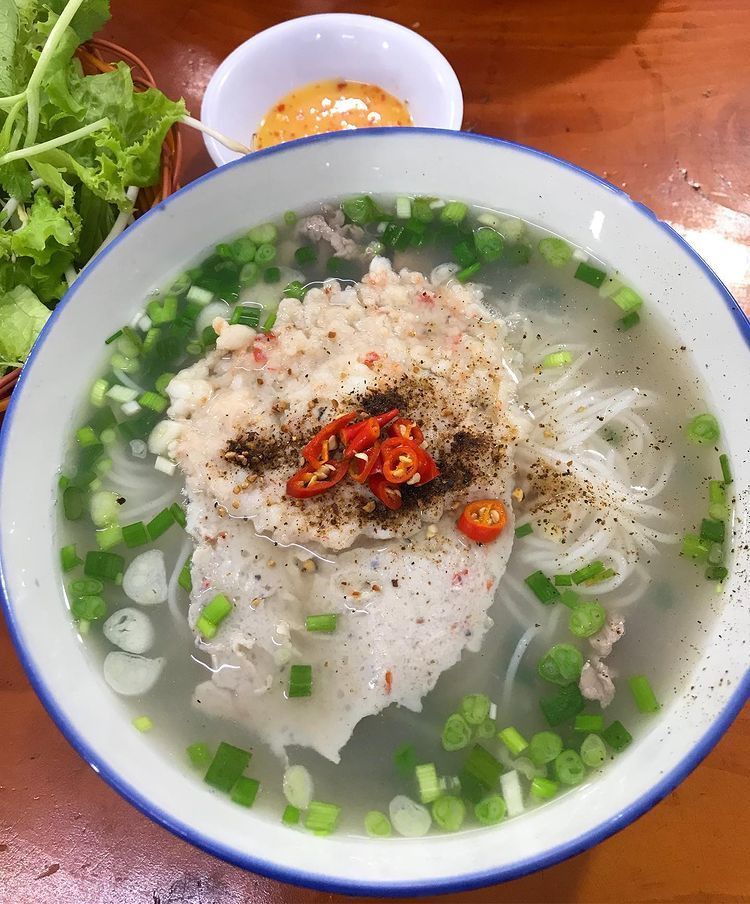
The broth of "stirred" vermicelli does not have many spices (except seasoning powder), colored foods or grease, but only consists of fresh vermicelli broth and seafood broth, has an ivory color, not too eye-catching.
The indispensable ingredient of this dish is seafood.
Bun suong
Bun suong is not only famous in Vinh Long. Bun suong is also known as bun duong, this name is said to originate from the shape of the shrimp cake - the main ingredient in the dish. The shrimp cakes after being processed have the shape of coconut worms (a type of worm in the coconut tree trunk), both have a light yellow color and a soft body.
Shrimp cakes are the most elaborately prepared and are also the signature of the dish. The broth of Bun Suong is simmered from pork bones, shrimp, dried squid and a little tamarind, creating a mild sour taste and a faint aroma. The broth is not clear but has a light brown color, due to the influence of tamarind and soy sauce.
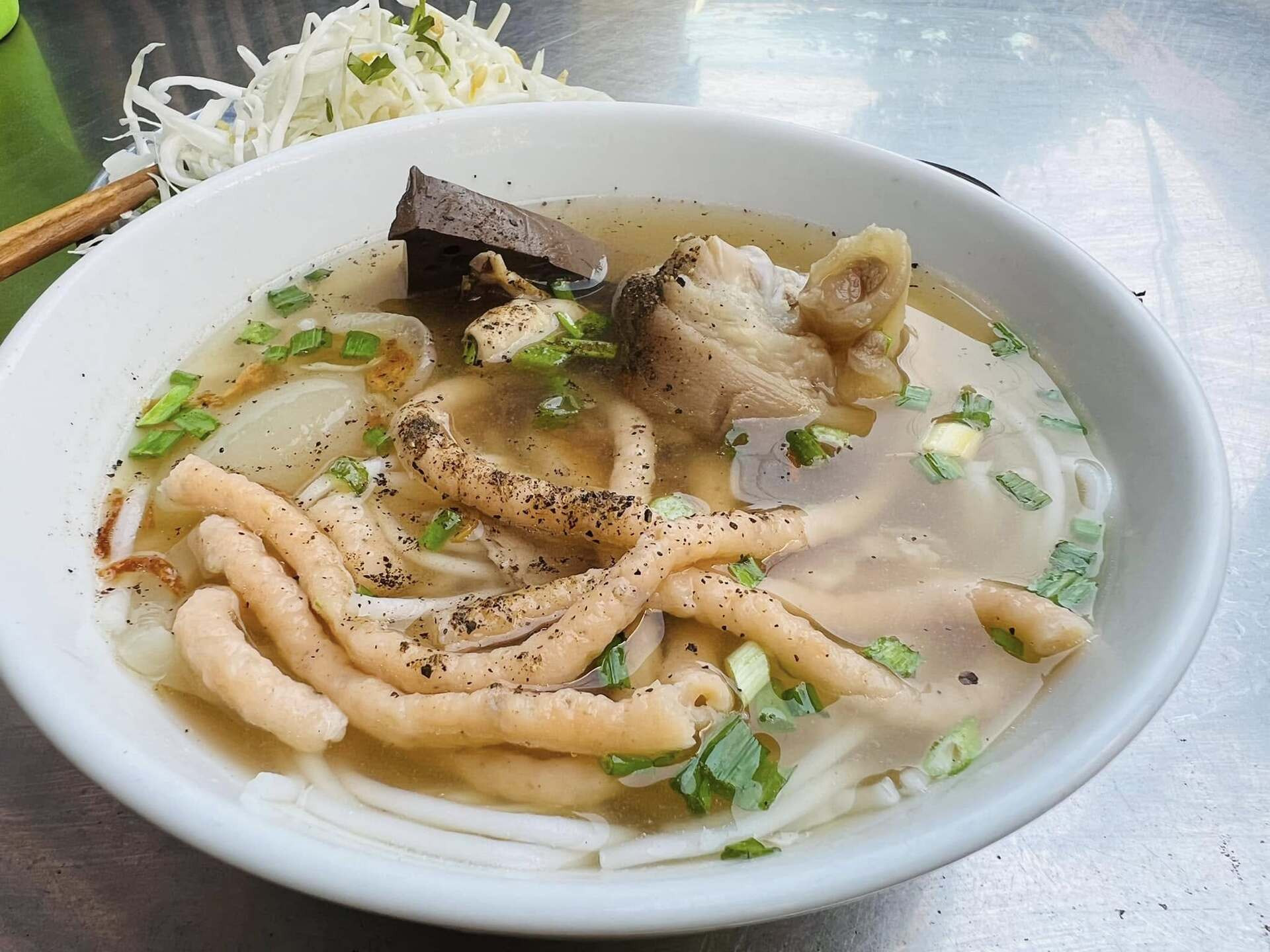
In addition to shrimp rolls, the bowl of vermicelli soup also has a few slices of thinly sliced pork belly, white cabbage, water spinach, banana blossom, herbs, bean sprouts, and onions and cilantro. The dish is served with a bowl of dipping sauce made from soy sauce and ground chili.
(Synthetic)
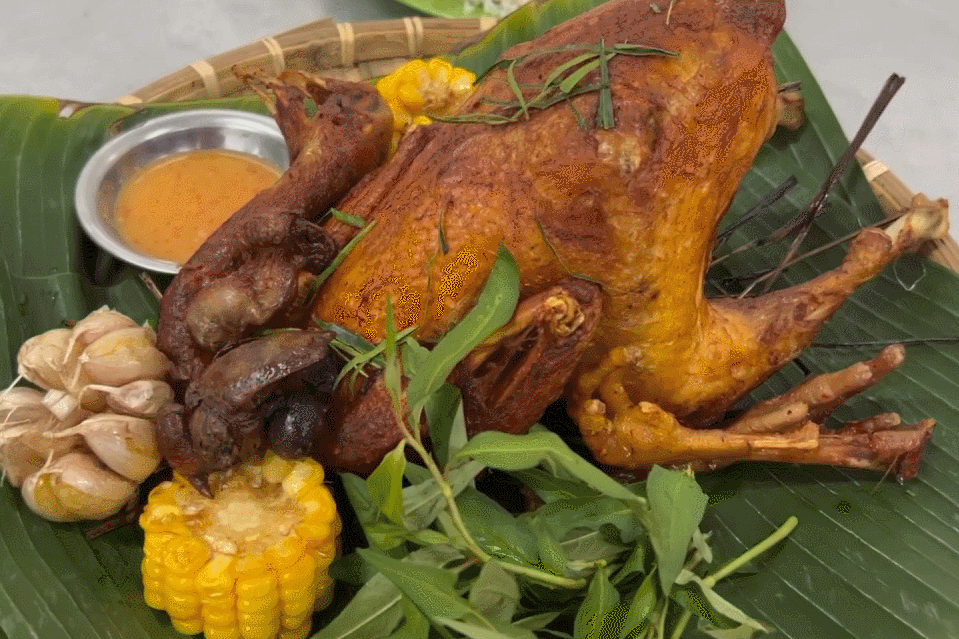
Source: https://vietnamnet.vn/4-mon-bun-dac-san-mien-tay-ten-la-du-khach-tuong-sai-chinh-ta-2444270.html






![[Photo] Binh Trieu 1 Bridge has been completed, raised by 1.1m, and will open to traffic at the end of November.](https://vphoto.vietnam.vn/thumb/1200x675/vietnam/resource/IMAGE/2025/10/2/a6549e2a3b5848a1ba76a1ded6141fae)




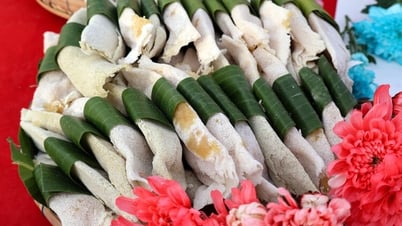




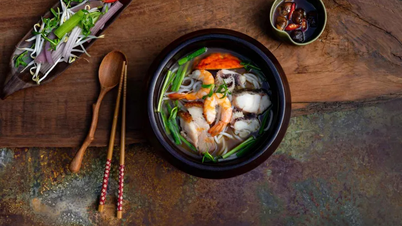
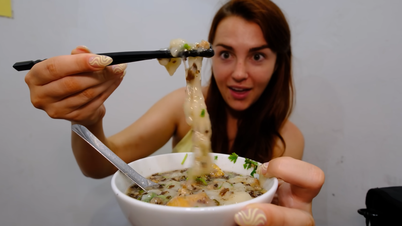




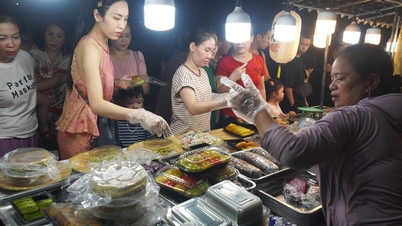







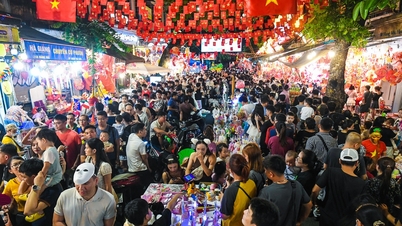


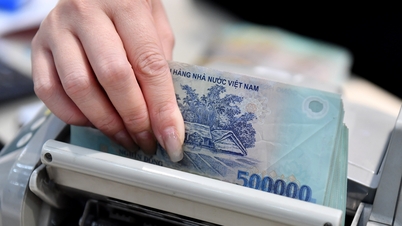













































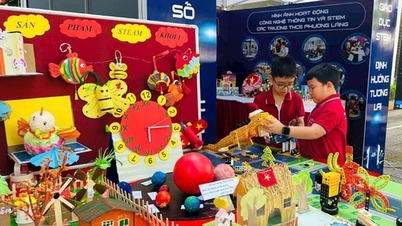




















Comment (0)